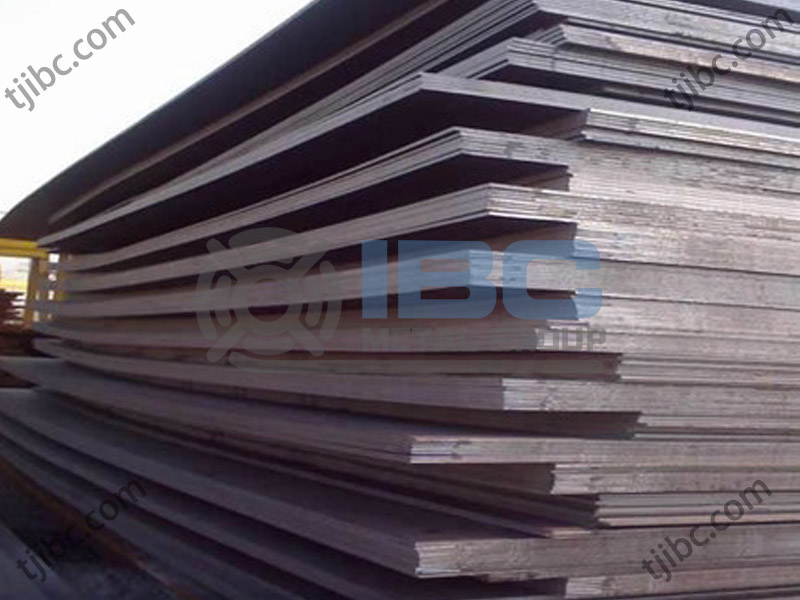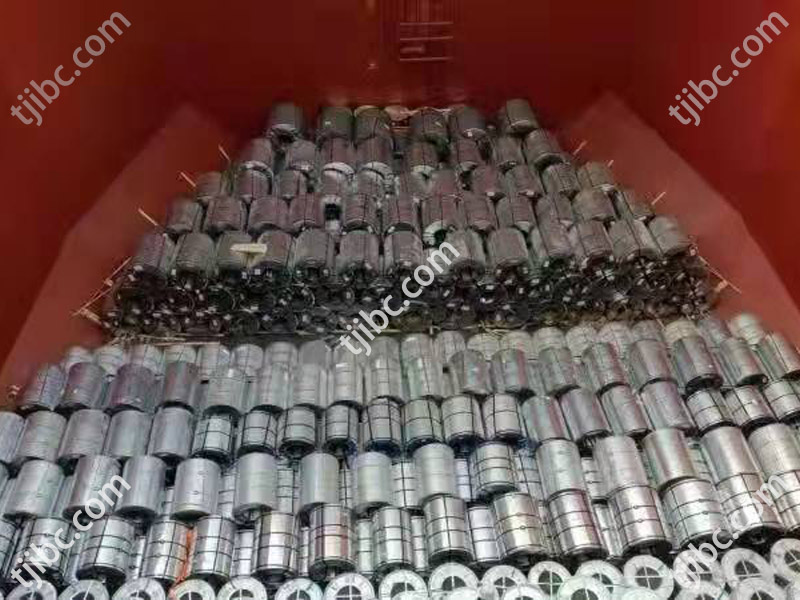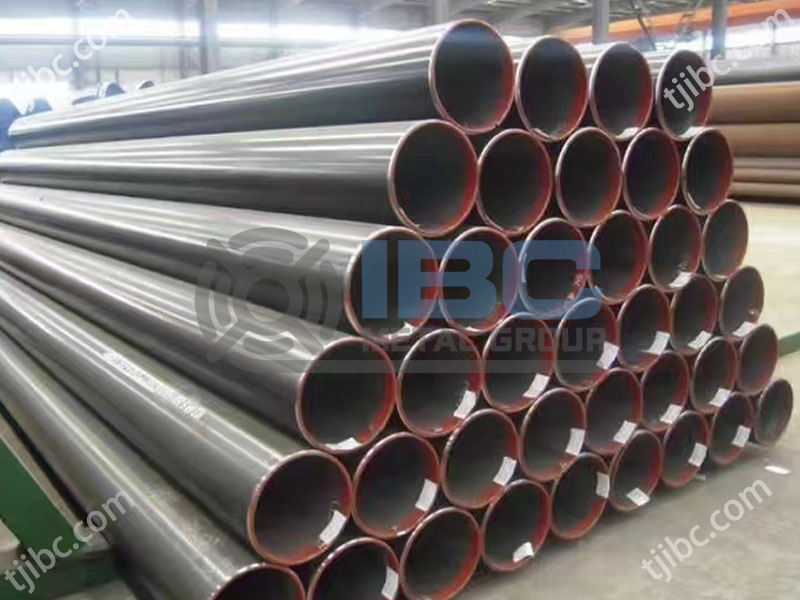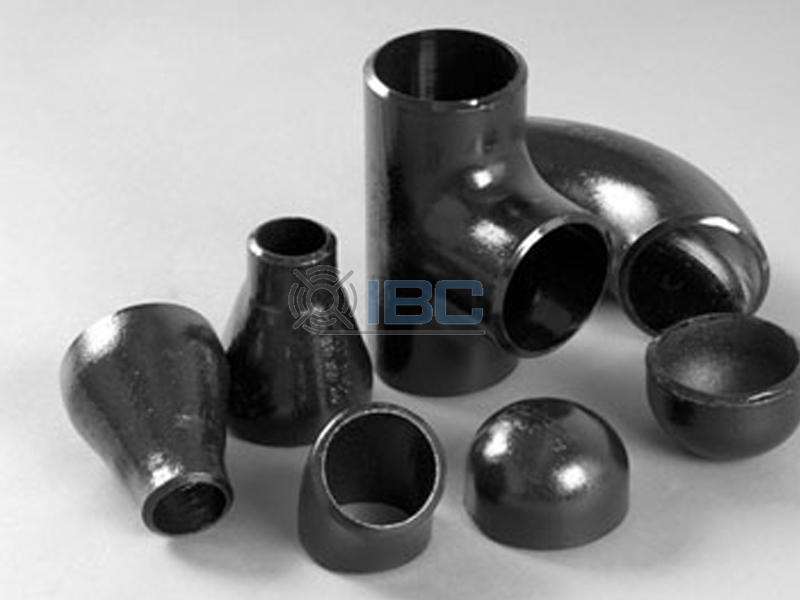Advantages of Sping Steel Sheet
1. High strength and good toughness: the spring steel sheet has a high yield strength and tensile strength, and can withstand greater force and pressure. At the same time, it is not easy to break when subjected to shock or vibration. This preserves the integrity and stability of the structure.
2. Excellent elasticity: This steel plate can be quickly restored to its original state after being subjected to external forces. This makes it ideal for situations where frequent deformation or springback is required.
3. Good weldability and plasticity: It can be connected with other materials by welding and other methods to facilitate application in engineering. At the same time, workers can use cold or hot processing methods for forming, cutting and bending. This can meet the needs of customers in different shapes and sizes.
4. Wide range of applications: Automotive, machinery, construction, electronics, electrical, aerospace and other industries and fields are inseparable from it. In these areas, it can manufacture a variety of components that require flexibility and support.
Disadvantages of Spring Steel Sheet
1. Relatively poor corrosion resistance: in a humid environment, this steel plate is easy to rust, because its surface has not been special anti-rust treatment. This can reduce its service life and performance.
2. Elastic fatigue: With the increase of use time, it may have elastic fatigue, resulting in a decline in its elastic performance. This may require the replacement of new spring plates to ensure the normal operation of equipment or machinery.
3. Susceptible to temperature: in high or low temperature environments, the performance of the spring steel sheet may be affected, such as reduced hardness and strength. This may limit its application in some extreme environments.
Classification of Spring Steel Sheet
1. Chemical composition classification:
(1)Carbon type: take carbon as the main alloying element, add a small amount of manganese, silicon and other elements to improve its mechanical properties and hardenability. Common are 65Mn, 70# and so on.
(2)Alloy type: On the basis of carbon steel, add chromium, molybdenum, tungsten, vanadium and other alloying elements to improve its hardenability, heat resistance, corrosion resistance and so on. Common are 50CrVA, 60Si2Mn and so on.
2. Classification of physical properties:
(1)High strength type: has a high yield strength and tensile strength, suitable for the manufacture of high load bearing springs.
(2)High elastic type: with high elastic limit and elastic modulus, it can maintain small permanent deformation under repeated loading.
(3)High temperature resistant type: it can still maintain good mechanical and elastic properties under high temperature environment.
3. Manufacturing process classification:
(1)Hot rolled type: Steel produced by the hot rolling process has good plasticity and toughness, but the surface quality may be slightly poor.
(2)Cold rolled type: Steel produced by cold rolling process has good surface quality and high dimensional accuracy, but the plasticity may be slightly lower.
(3)Heat treatment type: after quenching, tempering and other heat treatment process to improve its mechanical properties and elastic properties of the spring steel sheet.

Contact with us today!



